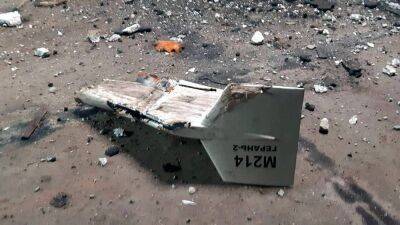Flashbots build over 82% relay blocks, adding to Ethereum centralization
Following the completion of The Merge upgrade, Ethereum (ETH) transitioned into a proof-of-stake (PoS) consensus mechanism, helping the blockchain become energy efficient and secure. However, mining data reveals Ethereum’s heavy reliance on Flashbots — a single server — for building blocks, raising concerns over a single point of failure for the ecosystem.
Flashbots is a centralized entity dedicated to transparent and efficient Maximal Extractable Value (MEV) extraction, which acts as a relay for delivering Ethereum blocks. Data from mevboost.org show that there are six active relays currently delivering at least one block in Ethereum, namely Flashbots, BloXroute Max Profit, BloXroute Ethical, BloXroute Regulated, Blocknative and Eden.
As shown above, out of the lot, 82.77% of all relay blocks have been found to be built by Flashbots alone — contributing heavily to Ethereum centralization.
A related blog from BitMEX highlighted the need for a complete redevelopment of Flashbots or a similar system to mitigate unforeseen complications in an era after the Merge. However, Flashbots proponents argue that the system is a decentralized autonomous organization (DAO) and will eventually become decentralized itself.
Related: Ethereum Merge: Community reacts with memes, GIFs and tributes
Complementing the data related to Flashbots’ dominance, an analysis from Santiment indicated that 46.15% of Ethereum’s PoS nodes are controlled by only two addresses.
According to our #Ethereum Post Merge Inflation dashboard, 46.15% of the #proofofstake nodes for storing data, processing transactions, and adding new #blockchain blocks can be attributed to just two addresses. This heavy dominance by these addresses is something to watch.
Read more on cointelegraph.com
 cointelegraph.com
cointelegraph.com





![Tron [TRX] holders should look at these factors before making next move - ambcrypto.com - county Island - Dominica](https://finance-news.co/storage/thumbs_400/img/2022/10/13/44665_ascic.jpg)










